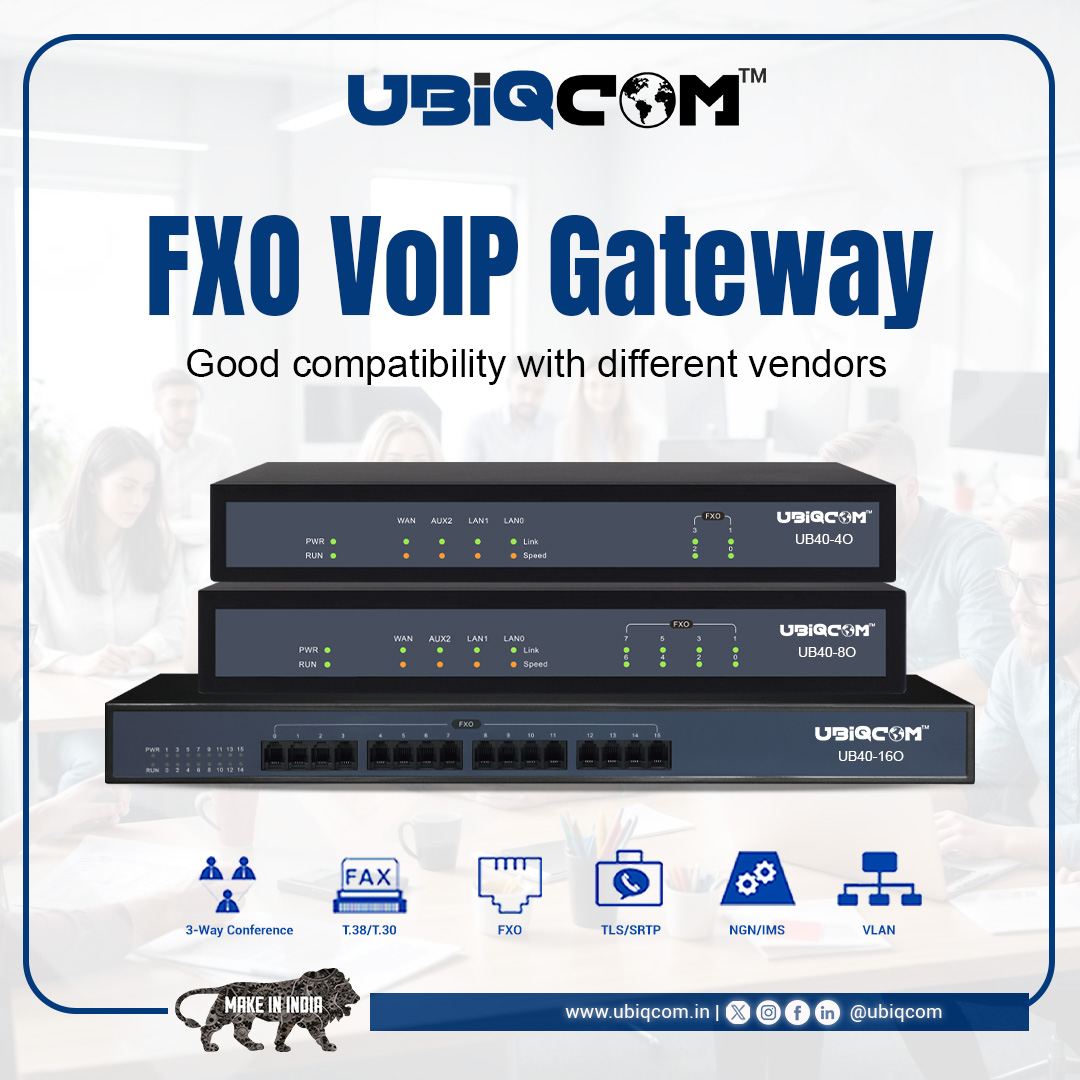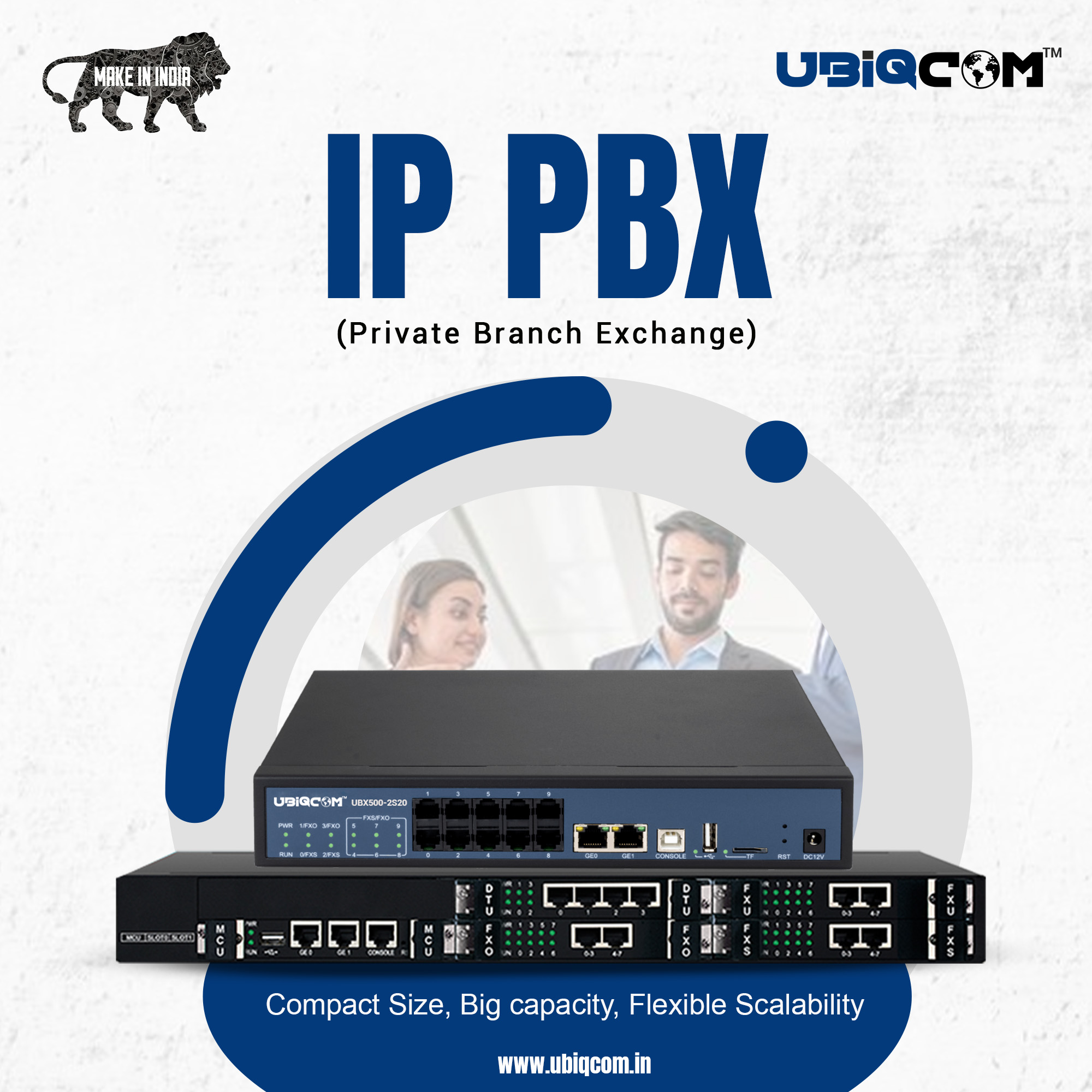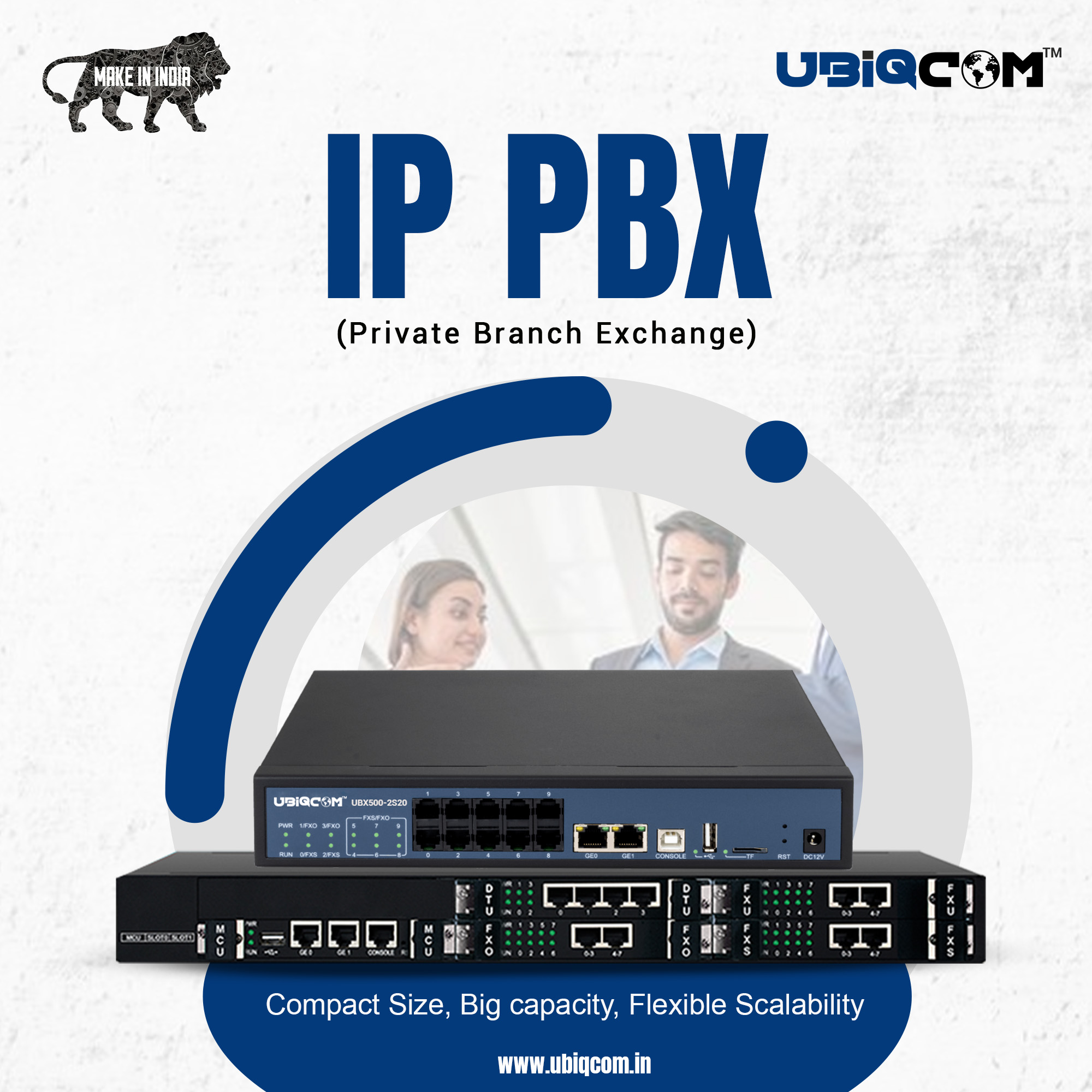FXO VoIP Gateway: Bridging Analog and IP Telephony

Strong 8k brings an ultra-HD IPTV experience to your living room and your pocket.
In today’s fast-paced business environment, organizations are constantly seeking ways to streamline communication, reduce costs, and enhance operational efficiency. One of the technologies enabling this transition from traditional telephony to digital communication is the FXO VoIP Gateway. This device plays a critical role in integrating legacy telephone systems with modern VoIP infrastructure, making it a valuable asset for businesses of all sizes.
In this blog, we will explore what an FXO VoIP Gateway is, how it works, its benefits, key features, use cases, and tips for choosing the right gateway for your business.
What is an FXO VoIP Gateway?
An FXO VoIP Gateway (Foreign Exchange Office VoIP Gateway) is a device that connects analog telephone lines from the Public Switched Telephone Network (PSTN) to a VoIP (Voice over Internet Protocol) network. It enables the transmission of voice signals between traditional analog phone lines and VoIP systems, allowing businesses to use their existing analog phones and PSTN lines within an IP-based network.
The FXO Gateway contains FXO ports, which connect to FXS (Foreign Exchange Subscriber) lines provided by a local phone company. It converts analog signals from PSTN into digital VoIP packets and vice versa, making it a vital tool for companies transitioning to VoIP without discarding their existing infrastructure.
How Does an FXO VoIP Gateway Work?
The FXO VoIP Gateway acts as a mediator between the PSTN and the VoIP network:
Incoming Call (PSTN to VoIP): When a call comes in from the traditional phone line, the FXO port receives the analog signal. The gateway converts it into digital data packets using a codec and routes it to the IP network or VoIP PBX system.
Outgoing Call (VoIP to PSTN): When a VoIP user initiates a call to an external landline or mobile number, the gateway converts the digital packets back into analog signals and transmits them via the PSTN line.
This two-way communication bridge makes FXO Gateways essential for businesses that want to retain their analog lines for local calls, emergency services, or cost management while benefiting from VoIP's advanced features.
Benefits of Using an FXO VoIP Gateway
1. Cost-Effective Transition to VoIP
An FXO VoIP Gateway allows businesses to move to VoIP gradually. Instead of replacing the entire analog phone system, companies can retain their existing infrastructure while integrating VoIP services, reducing upfront investment.
2. Leverage Existing PSTN Lines
For areas where internet quality is poor or unreliable, having access to traditional PSTN lines ensures uninterrupted communication. FXO Gateways offer backup routes in case of internet failure.
3. Improved Call Routing
FXO Gateways can intelligently route calls based on cost or availability. For example, local calls can be routed through PSTN to avoid VoIP charges, while international calls go through the VoIP network for cost savings.
4. Enhanced Flexibility
Businesses can combine analog and IP-based communication systems, allowing seamless integration of old and new technologies without compromising functionality or user experience.
5. Disaster Recovery and Redundancy
In the event of network or VoIP failure, FXO Gateways provide a failover to analog lines, ensuring business continuity and minimal downtime.
Key Features of FXO VoIP Gateways
When choosing an FXO VoIP Gateway, consider the following features:
- Number of FXO Ports: Gateways are available in varying port sizes (2, 4, 8, 16, or more). Select one based on your current and future requirements.
- Codec Support: Look for gateways that support common codecs like G.711, G.729, and G.723 for optimal voice quality and bandwidth usage.
- Protocol Support: Ensure compatibility with SIP, H.323, or other protocols used by your VoIP provider or IP PBX system.
- Echo Cancellation: This feature enhances call clarity by eliminating echo in voice transmission.
- Web-based Management Interface: A user-friendly interface simplifies configuration, monitoring, and troubleshooting.
Failover and Backup: Automatic failover capabilities provide redundancy in case of network issues.
Caller ID and DTMF Support: Essential for compatibility with various telephone services and interactive voice response (IVR) systems.
Use Cases of FXO VoIP Gateways
1. Small and Medium Businesses (SMBs)
SMBs can use FXO Gateways to connect existing analog phones to modern IP PBX systems. This helps them reduce communication costs while maintaining legacy hardware.
2. Call Centers
Call centers often use FXO Gateways to handle high volumes of incoming and outgoing calls efficiently. The gateway ensures reliable call quality and seamless PSTN integration.
3. Enterprises with Multiple Branches
Organizations with remote offices can use FXO Gateways to connect branch locations to the central VoIP system, enabling unified communication across the enterprise.
4. Hotels and Hospitality
Hotels can retain analog phones in guest rooms while leveraging VoIP for internal communication and administrative operations, optimizing costs and resources.
5. Government and Education Institutions
Public sector entities and schools often operate on legacy phone systems. FXO Gateways provide a cost-effective way to adopt VoIP without a full system overhaul.
Choosing the Right FXO VoIP Gateway
When selecting an FXO VoIP Gateway for your business, consider the following:
- Scalability: Choose a gateway that can accommodate your future growth.
- Compatibility: Ensure it works with your current IP PBX or VoIP provider.
- Support and Warranty: Opt for a vendor that offers reliable support and warranty coverage.
- Quality of Service (QoS): Look for gateways that support QoS for better call prioritization and voice quality.
- Brand Reputation: Choose a trusted brand like UBIQCOM, known for reliable and cost-effective VoIP hardware solutions.
Why Choose UBIQCOM FXO VoIP Gateway?
UBIQCOM FXO VoIP Gateways are engineered for high performance, reliability, and ease of use. They are perfect for businesses looking to integrate PSTN lines with their VoIP infrastructure without significant capital investment. With a range of models to choose from, UBIQCOM ensures compatibility with major IP PBX systems and SIP-based VoIP platforms, offering:
- Plug-and-play deployment
- Advanced call routing
- Secure and encrypted communication
- Intuitive web interface
- Competitive pricing
Final Thoughts
The FXO VoIP Gateway is a crucial component for any business seeking to bridge the gap between analog telephony and modern VoIP systems. It allows organizations to retain their investment in traditional phone lines while enjoying the benefits of digital communication, such as scalability, advanced features, and lower costs.
Note: IndiBlogHub features both user-submitted and editorial content. We do not verify third-party contributions. Read our Disclaimer and Privacy Policyfor details.







